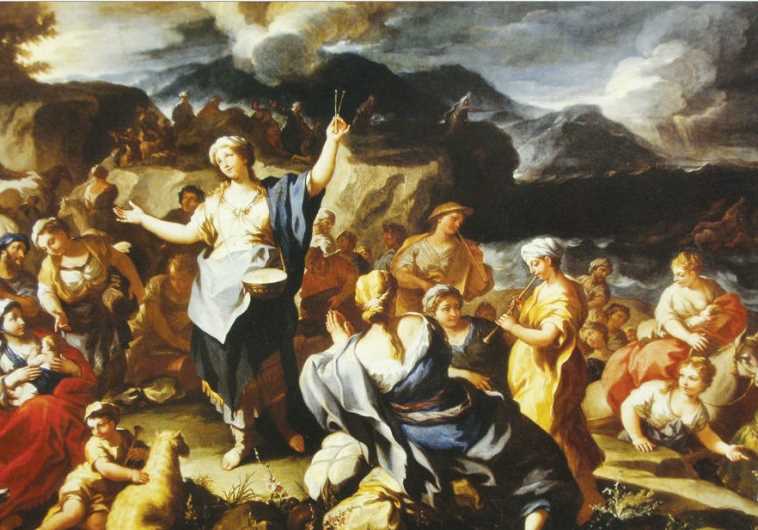Tradition Today: Miriam’s Day
Although Judaism has traditionally been a largely patriarchal religion, from the beginning women have played an important, even crucial, role.
 18th-century oil painting of ‘The Song of Miriam.’(photo credit: Wikimedia Commons)
18th-century oil painting of ‘The Song of Miriam.’(photo credit: Wikimedia Commons)